Many of us can recall memorising our times tables as children. However the teaching of multiplication in schools now has changed from the drilling of times tables. Your child’s ability to visualise the process that is occurring when they multiply two numbers together is important before times tables are learnt.
Multiplication is taught from the first year of school which can surprise parents as many think of multiplication as a concept taught in primary school. In fact the strong foundations for multiplication are taught from kindergarten or Prep.
Multiplication games for kids aged 5-6
If your child is aged 5-6 years then are focusing on modelling equal groups or rows of items. They are using the language ‘group’ to describe a collection of items. This ability to ‘see’ the groups is important. Try these activities to reinforce the concepts:
- Decorating Cupcakes – children at this age often like to help bake. When making cupcakes decorate with smarties or lollies and ask them to give each cupcake four smarties “we have 5 cupcakes and they each have the same number of lollies. Here is 1 cupcake of 4, that’s 1 group; here is the second group of 4 etc.”
- Cereal necklaces – have children thread Cheerios or fruit loops onto a piece of string in a pattern 2 green, 3 blue, 2 green. Take turns to roll a dice and ‘eat’ away that number of Cheerios from the necklace. The winner is the first to eat their necklace.
Multiplication games for kids aged 7-8
Children aged 7-8 years are counting by ones, twos, fives and tens in rhythmic patterns. They learn that equal rows are called arrays. Your child will also be making the connection that 3 groups of 2 gives the same answer as 2 groups of 3 but that it looks different.
- Ice cubes tray – when refilling the ice cube tray use this opportunity for your child to practise their knowledge of skip counting and arrays. Ask them to count the ice cubes you are making. If they count by one remind them to count by the number in each row – usually counting by 2.
- Egg containers – Using egg containers which you have saved practise the concept of arrays – equal rows. Using counters or sultanas inside the egg containers you can come up with different multiplication sums.
- Beads or Painting – Use craft as a way to motivate kids to skip count and see patterns. Collect leads from the garden, thread bead necklaces. Cut out pictures from magazines and stick in arrays.
- Feeding Pets – if you have more than one animal this is perfect. If you want to give 2 treats to each dog/cat –then how many treats will they need to give?
Multiplication games for kids aged 9-10
Children 9-10 years are now at the stage of learning their times tables and understanding a number sentence can be used to represent multiplication. They are counting by threes, fours, sixes, sevens, eights or nines and will learn their times tables to 10×10. This is also the age at which homework for times tables becomes a nightmare.
- Times table grid – this is different to writing out times tables, which may be given as homework already. This reinforces the relationship between numbers and helps children who are feeling daunted with how many facts they need to memorise.
- Singing or rhyme – learning times tables by singing or funny rhymes aids memorisation for auditory learners.
- Monsters – using drawing, painting or collage have children create monsters which match number sentences you write for them. Eg 7×3, 7×5 and your child draws 7 monsters with three eyes each, and 7 monsters have 5 arms each! This is fun but educational.
- Story cards – tell children a funny story and have them write the number sentences that match. For example “I was looking for a park at the shopping centre. I drove past the 1st, 2nd, 3rd, 4th and 5th row which were all full. I could see 10 cars in each row. In the 6th row I parked and filled the last spot. The number sentence would be 6×10 = 60. This encourages oral listening and visualisation skills as well as relating to a real life experience.
Multiplication games for kids aged 11-12
Children aged 11-12 are multiplying three and four digit numbers by one digit as well as long multiplication which is multiplying 3 digits by two digits. Accuracy with times tables is assumed at this age as students should have a level of automaticity which allows them to move onto problem solving skills.
This article was written by Michelle Barrington for Kidspot, New Zealand’s leading education resource for parents. Michelle is a teacher and mother who blogs at Gee, You’re Brave.

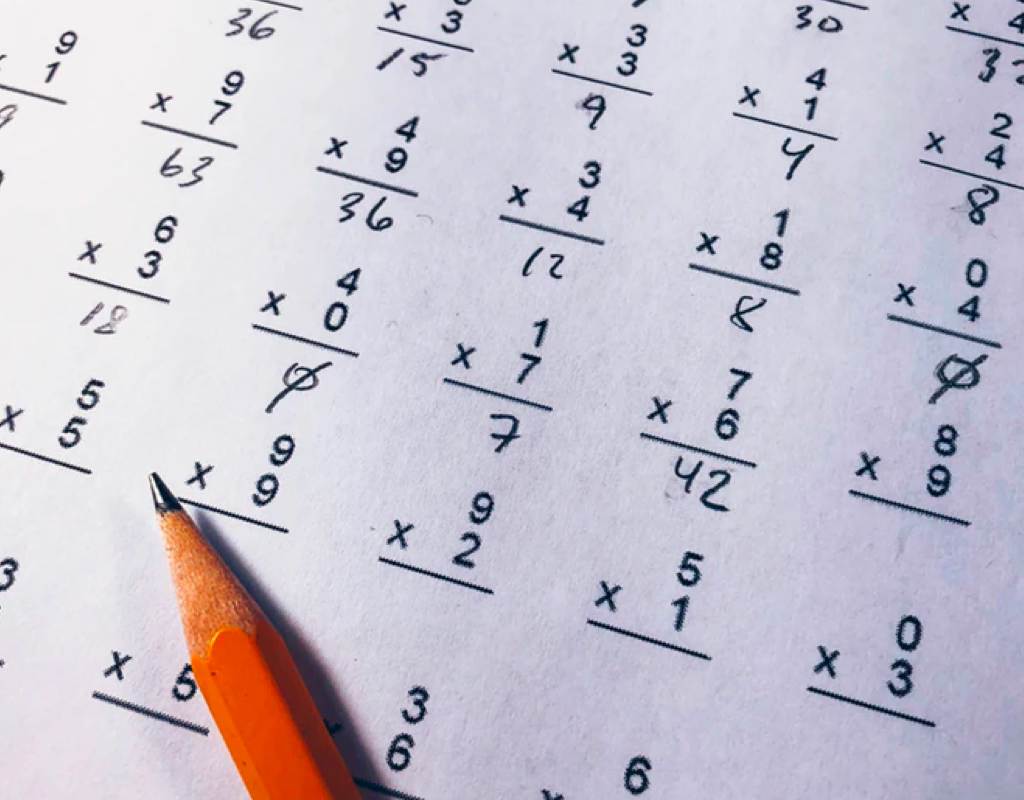
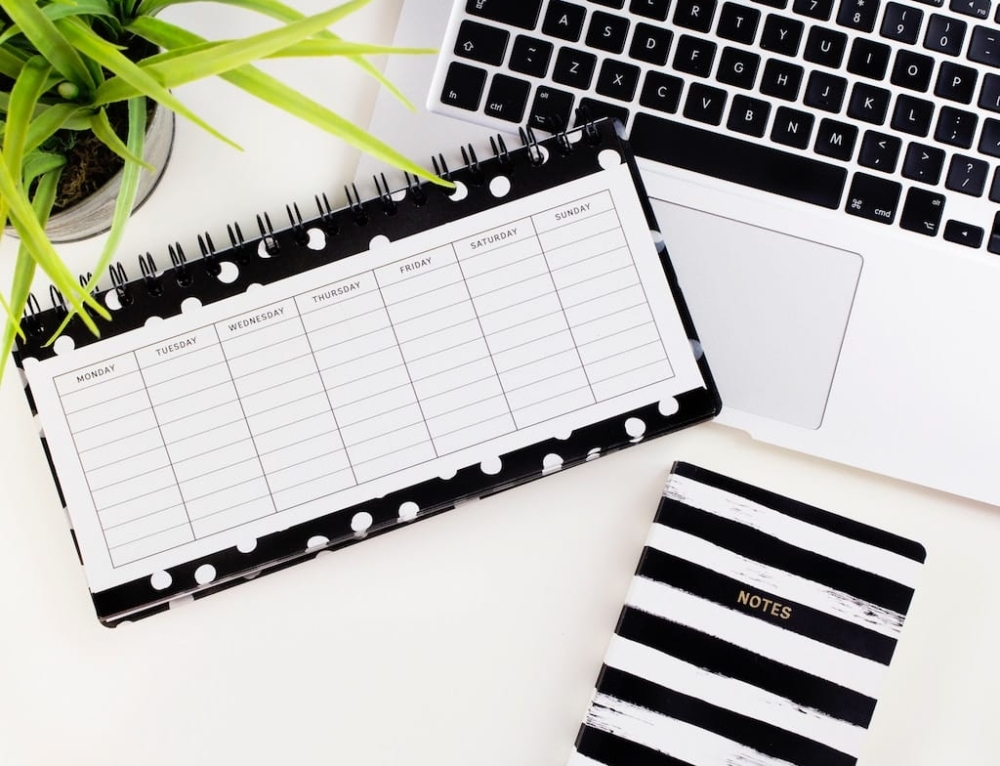
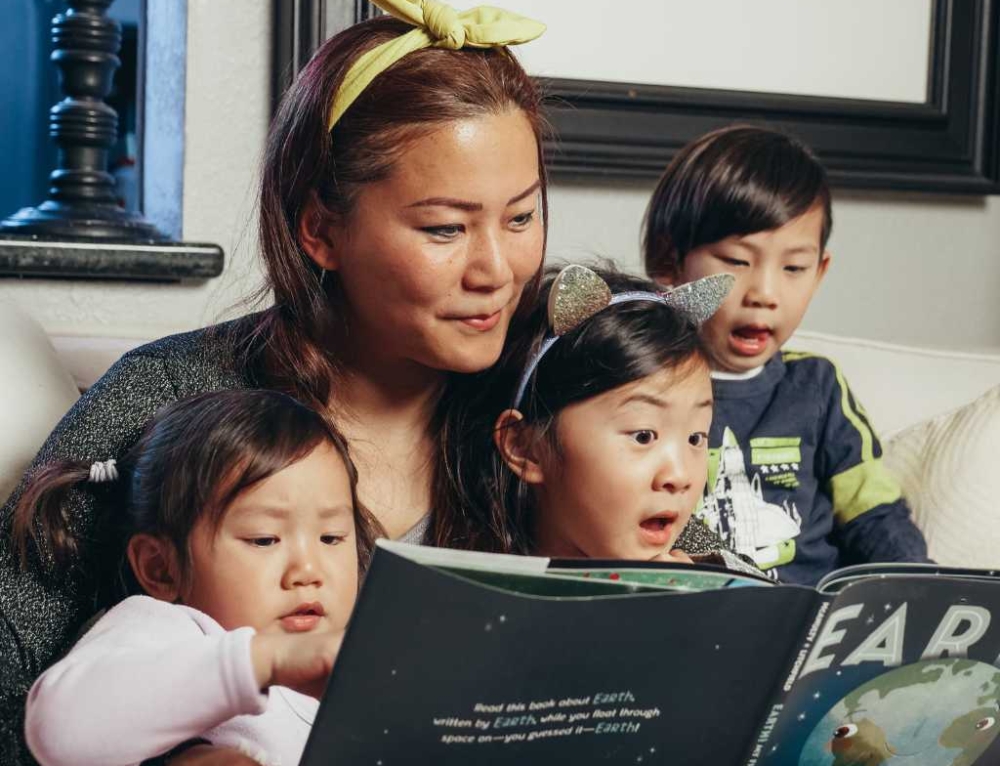
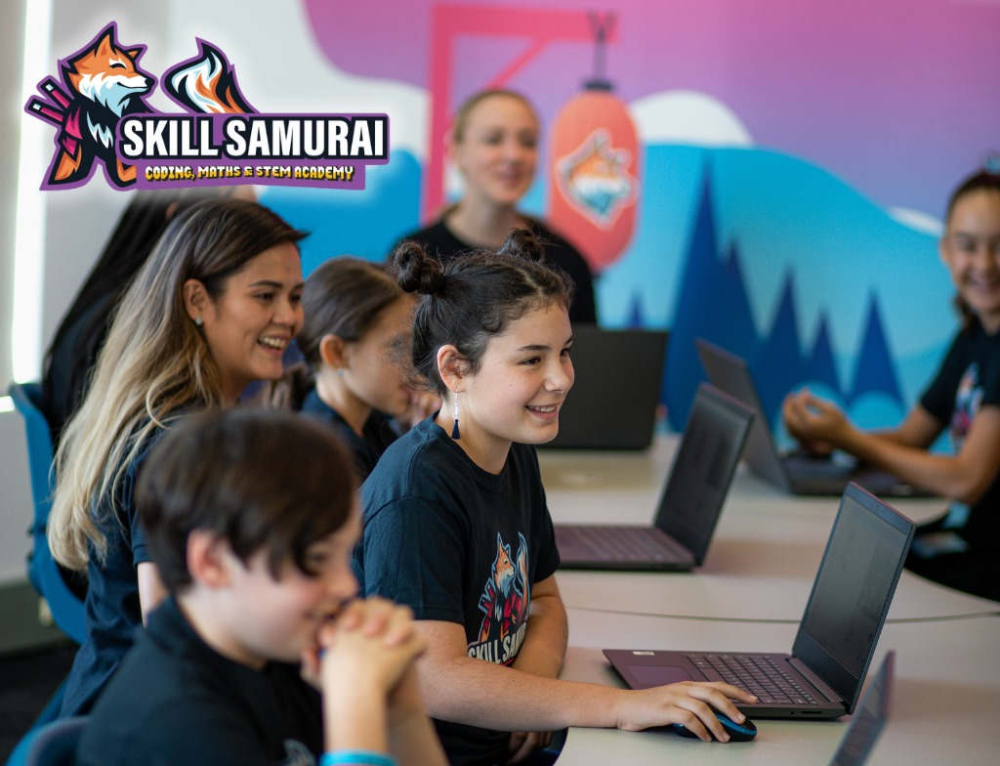
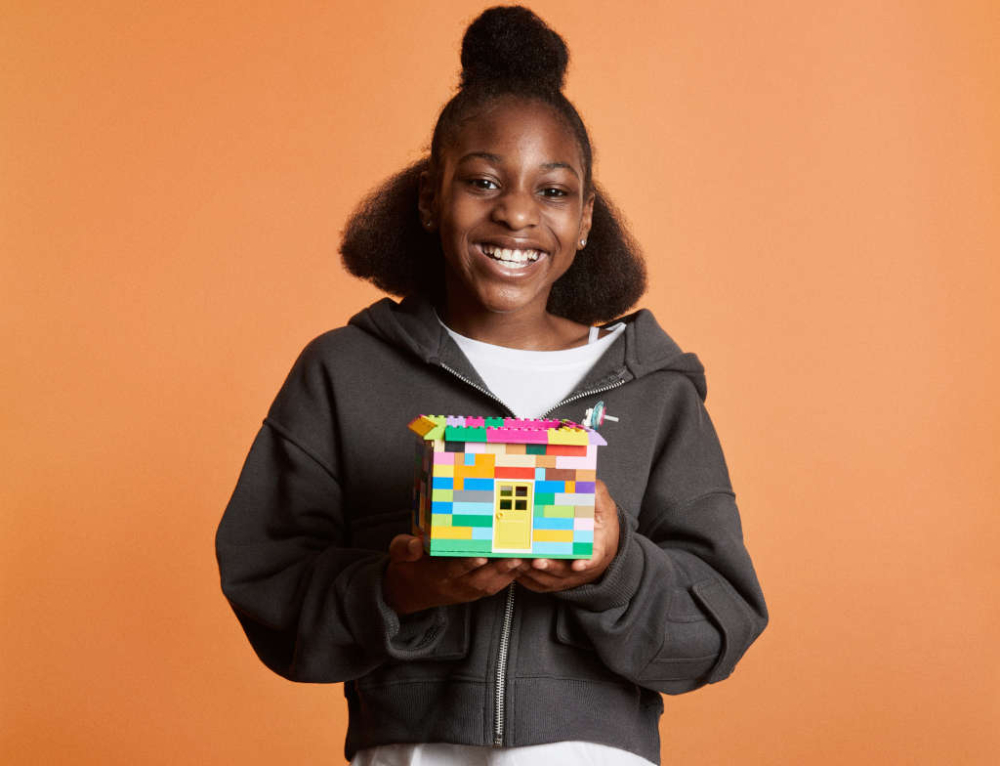

Leave A Comment
You must be logged in to post a comment.